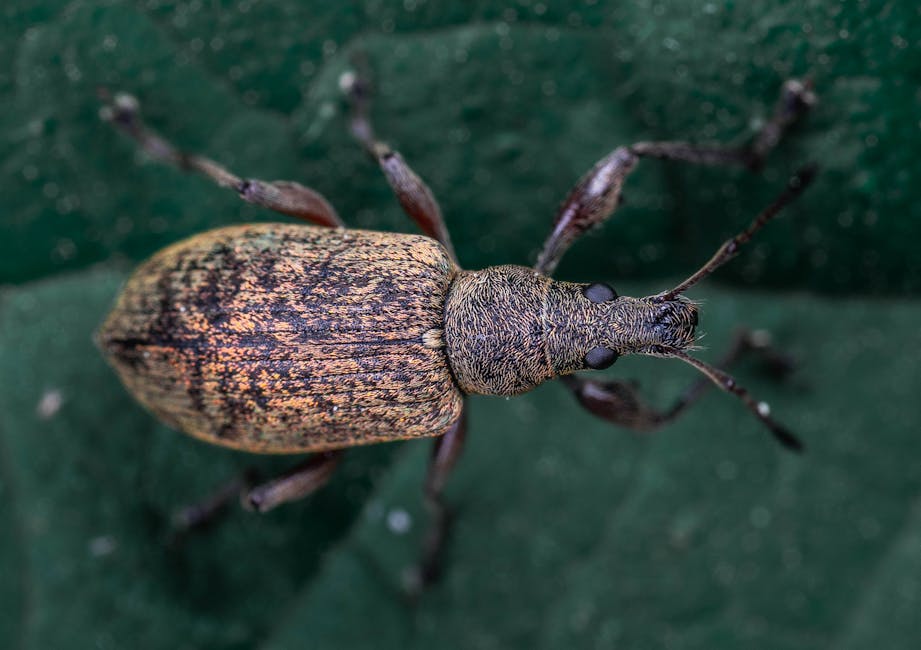Identify Pinophilus in Boletus Pinophilus Guides – 9 Clues
Unlocking the Secrets of Boletus Pinophilus: A Comprehensive Guide to Identification
The majestic Boletus pinophilus, also known as the pine bolete or pinewood king bolete, stands as a prized find for mushroom enthusiasts. Its robust stature, rich flavor, and association with coniferous forests make it a sought-after delicacy. However, proper identification is paramount, as misidentification can lead to consuming inedible or even toxic look-alikes. This comprehensive guide will equip you with nine crucial clues to confidently identify Boletus pinophilus, ensuring a safe and rewarding foraging experience.
Distinguishing this regal mushroom from its brethren requires careful observation and attention to detail. While some characteristics might seem subtle, their cumulative effect paints a clear picture of the pine bolete’s unique identity. From the distinct coloration of its cap to the intricate network of pores underneath, each feature plays a vital role in accurate identification. This guide will delve into these characteristics, providing a step-by-step approach to recognizing Boletus pinophilus in its natural habitat.

Habitat and Distribution
The Pinewood Connection
Boletus pinophilus has a strong preference for coniferous forests, particularly those dominated by pine trees, hence its common name. It often forms mycorrhizal relationships with these trees, exchanging nutrients in a mutually beneficial partnership. This symbiotic relationship is a key indicator when searching for this specific bolete. Look for them nestled amongst pine needles or emerging from the mossy undergrowth near pine roots.
While predominantly found under pine trees, Boletus pinophilus can sometimes be found in association with other conifers like spruce and fir. Understanding this broader habitat range increases your chances of discovery. Pay attention to the surrounding trees and vegetation for clues to the presence of this prized mushroom.
The distribution of Boletus pinophilus spans across Europe and parts of North America. However, its abundance can vary depending on local climate and environmental conditions. Researching specific locations known for pine bolete sightings can significantly improve your foraging success.
Seasonal Appearance
Boletus pinophilus typically fruits from late summer to early autumn. This period coincides with cooler temperatures and increased rainfall, providing ideal conditions for mushroom growth. Knowing the optimal foraging season is crucial for maximizing your chances of finding this elusive delicacy.
While the peak season is generally late summer to early autumn, occasional sightings can occur outside this timeframe depending on regional weather patterns. Keeping an eye out during extended periods of warm, wet weather can sometimes lead to unexpected discoveries.
The fruiting period of Boletus pinophilus can be influenced by factors like temperature, humidity, and rainfall. Monitoring these conditions can help predict the best time to venture out in search of this prized mushroom.
Physical Characteristics
Cap Features
The cap of Boletus pinophilus is typically reddish-brown to chestnut-brown, sometimes with a purplish tinge. Its texture is smooth and dry, often becoming slightly sticky when wet. The cap’s shape evolves from convex to broadly convex as it matures, sometimes becoming nearly flat in older specimens.
The size of the cap can range from 5 to 25 centimeters in diameter, making it a relatively large and imposing mushroom. This substantial size is one of the distinguishing features that sets it apart from smaller bolete species. Careful measurement can help confirm your identification.
The cap margin is often slightly paler than the center, creating a subtle contrast. This characteristic, while not always prominent, can be a helpful clue in distinguishing Boletus pinophilus from similar-looking species.
Stem and Pore Surface
The stem of Boletus pinophilus is thick and robust, typically club-shaped or bulbous at the base. Its color is often similar to the cap, ranging from reddish-brown to yellowish-brown. A fine network of reticulation, a net-like pattern, often adorns the upper portion of the stem.
The pore surface underneath the cap is initially white to cream-colored, gradually turning yellowish to olive-yellow with age. The pores are small and round, and they do not bruise blue when pressed, a crucial distinction from some potentially toxic boletes.
The flesh of Boletus pinophilus is firm and white, remaining unchanged when cut or bruised. This characteristic further helps differentiate it from species that exhibit discoloration upon handling.
Culinary Uses and Precautions
A Delicious Edible
Boletus pinophilus is highly regarded for its rich, nutty flavor and firm texture, making it a prized ingredient in various culinary creations. It can be sautéed, grilled, roasted, or added to soups and stews, imparting a unique earthy aroma to dishes.
Proper cleaning and preparation are essential before consuming Boletus pinophilus. Gently brush off any dirt or debris and trim away any damaged or discolored portions. Thorough cooking is recommended to ensure optimal flavor and digestibility.
Boletus pinophilus can be preserved by drying or freezing, extending its culinary enjoyment throughout the year. Drying enhances its flavor, while freezing maintains its texture for later use in recipes.
Conclusion
Identifying Boletus pinophilus requires careful observation and attention to detail. By understanding its habitat, recognizing its distinct physical characteristics, and following the guidelines outlined in this comprehensive guide, you can confidently distinguish this prized mushroom from its counterparts. Remember to always prioritize safety and consult with experienced foragers or mycologists if you have any doubts about your identification.
Where can I find Boletus pinophilus?
Boletus pinophilus is typically found in coniferous forests, particularly those dominated by pine trees, across Europe and parts of North America.
What does the cap of Boletus pinophilus look like?
The cap is reddish-brown to chestnut-brown, sometimes with a purplish tinge, and ranges from 5 to 25 centimeters in diameter.
Is Boletus pinophilus edible?
Yes, Boletus pinophilus is a delicious edible mushroom, highly regarded for its nutty flavor and firm texture.
When is the best time to find Boletus pinophilus?
The peak season for Boletus pinophilus is typically from late summer to early autumn.